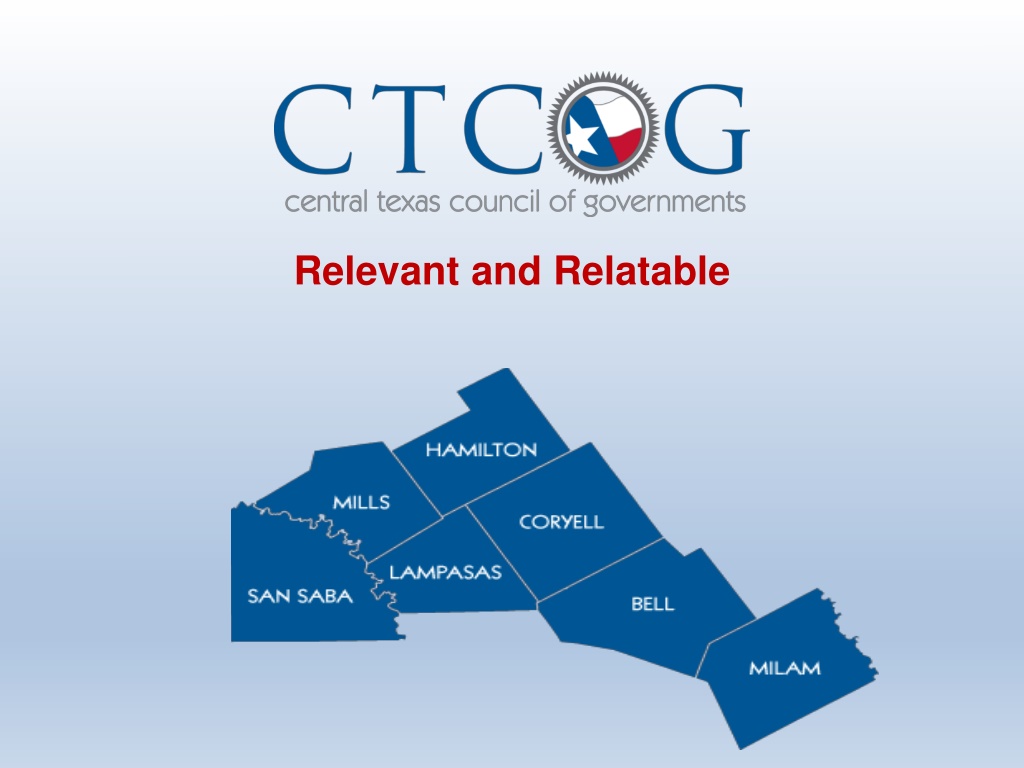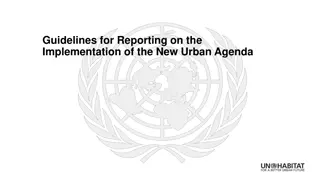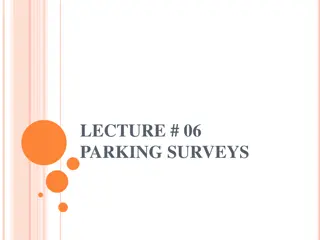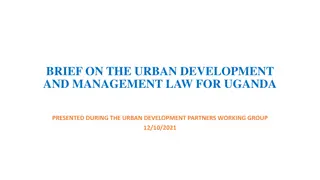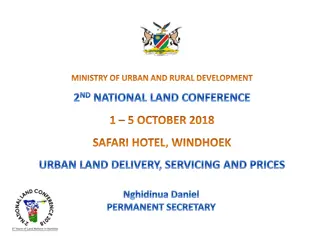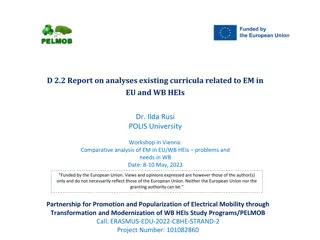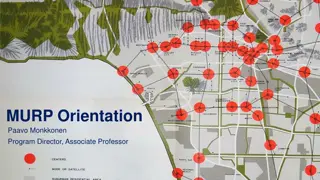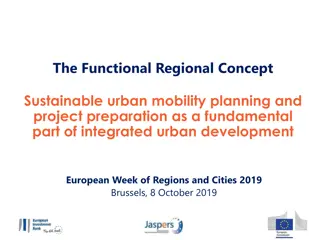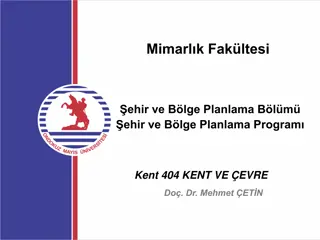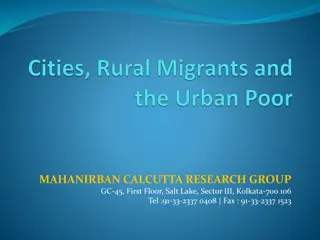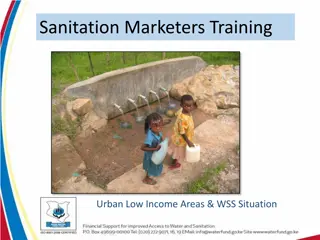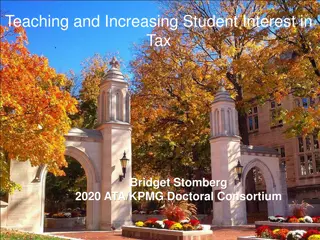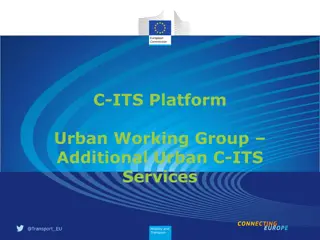Exploring the Dynamics of Relevance and Relatability in Urban Planning
Amidst the strategic language used by urban planners, the challenge lies in bridging the gap between relevant but abstract concepts and relatable understanding. The discussion delves into the importance of making complex ideas more accessible and engaging for wider audiences, focusing on initiatives like infrastructure projects and government services. The narrative explores the evolving landscape of urban development and economic growth in regions like Central Texas, emphasizing factors such as workforce availability, quality of life, and community involvement.
Download Presentation

Please find below an Image/Link to download the presentation.
The content on the website is provided AS IS for your information and personal use only. It may not be sold, licensed, or shared on other websites without obtaining consent from the author. Download presentation by click this link. If you encounter any issues during the download, it is possible that the publisher has removed the file from their server.
E N D
Presentation Transcript
The Challenge Many times Planners speak in a language that is strategic in nature. Some people find this style to be too vague. Planners talk about big ideas and futuristic concepts that are relevant but may not be easy for people to relate to. Planners need to find a way to make big concepts relatable.
Relevant vs. Relatable Relevant Most everything we do can be seen as relevant. Government Programs Infrastructure Projects Government Services Relatable This measure relies on a persons ability to grasp and absorb the concept/project being presented.
By 2050 about 35 million people, or 85 percent of the population of Texas, will live in the four metropolitan areas that comprise the Texas Triangle. Three of the nation's 10 largest cities are in the Triangle, including Houston, which has a port that handles more foreign tonnage than any other U.S. port. Principal Cities: Austin, Dallas/Fort Worth, Houston, San Antonio Population 2000: 16,131,347 Percent of U.S. Population: 6% Population 2025: 23,586,856 Projected Growth: 46% 2005 GDP: $817,510,000,000 Percent of US GDP: 7%
Central Texas has weathered the economic storm far better than the rest of the state or the nation. Central Texas MSA is the seventh best midsize area in the country for business creation. (2009 Best Places Study) Central Texas is home to Ft. Hood, an economic engine with an impact of over $11 billion annually. Killeen is the 9th fastest growing city over 100,000 in the nation. (Baylor University)
Improved Highways and Interstates Increased Educational Opportunities Available Workforce Strong Economy Low Taxes Great Quality of Life Great Community Spirit and Involvement
Estimates indicate that 1,500 people a day move to Texas. That equates to 30 people a day, or 10,000 a year in our region. That equates to 3,636 new houses a year in our region. That equates to 7,272 new cars on local streets in our region. That equates to over 3,000 new students each year in our region. That s two new 4A Districts a year, in our region!
TxDOT announces $10,232,400 in funding for Central Texas Transit Central Texas Communities asked to contribute over $500,000 to support the project.
Relevant vs. Relatable Relevant? Of Course! Relatable? ?????? Why do we need to pay so much in local dollars? Why are services limited? Why do we have to pay to ride?
A Path Toward Becoming Relatable This funding requires a ___% match, that is why we need the local contribution. Ten million may seem like a lot of money, and it is, but it must be viewed by what it can provide. Last year this funding purchased ____ buses and ____ vans that traveled ________ miles and carried ________ citizens on ______ trips.
Drilling Down This equates to a per mile cost of ______ which is less than the IRS reimbursement rate for individuals. This equates to a total of _____ medically necessary trips. This equates to a total of _____ senior citizen trips for those who would be homebound without the service. In terms of local dollars, the ability to draw down these funds provides all these services at a fraction what local governments could provide.
Accomplishing together that which we cannot accomplish alone!
